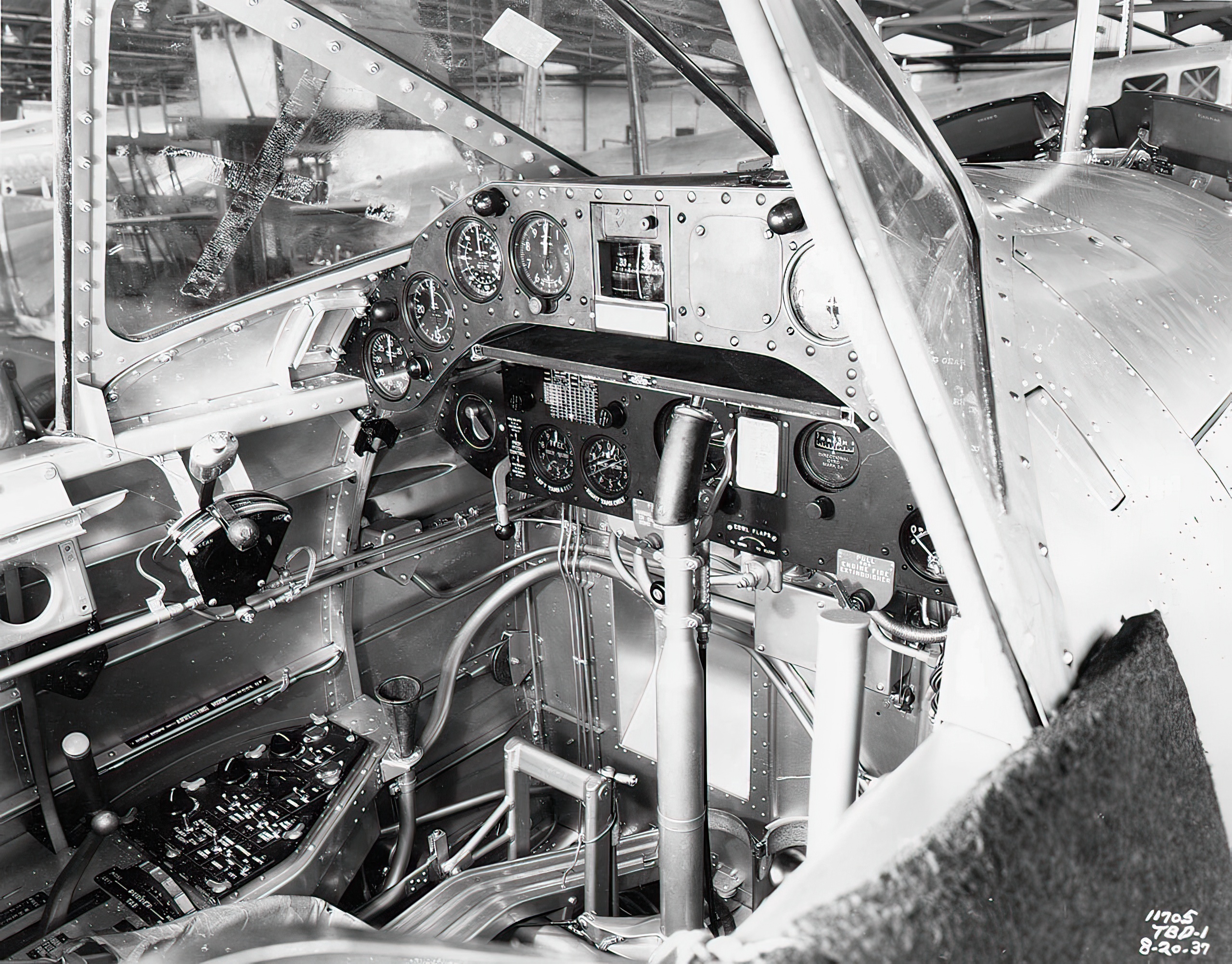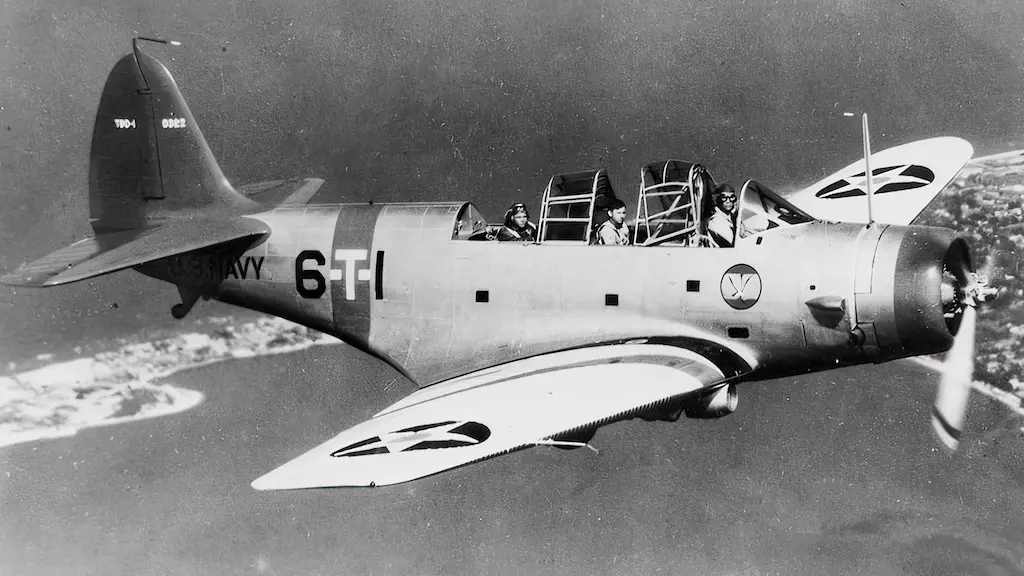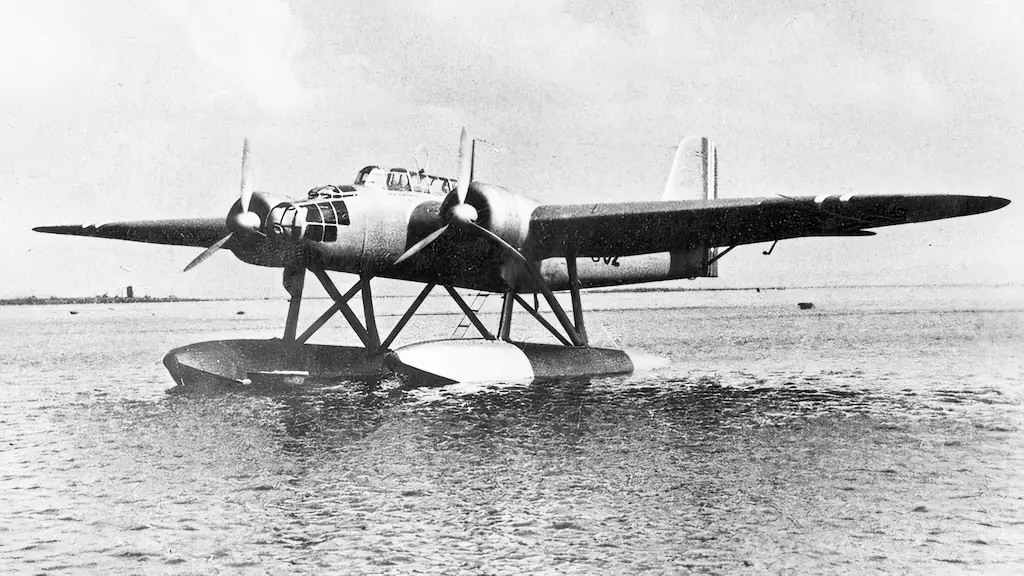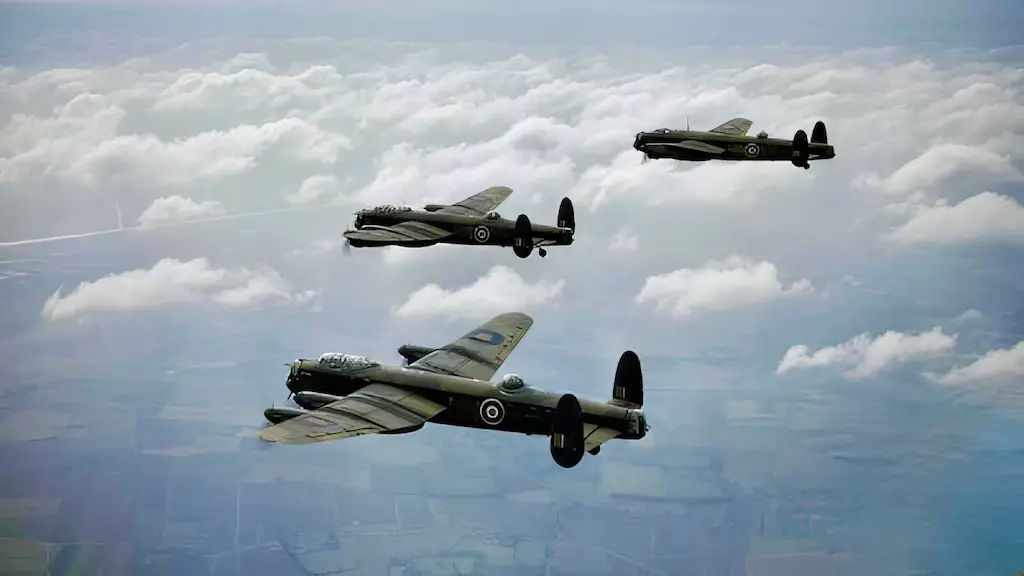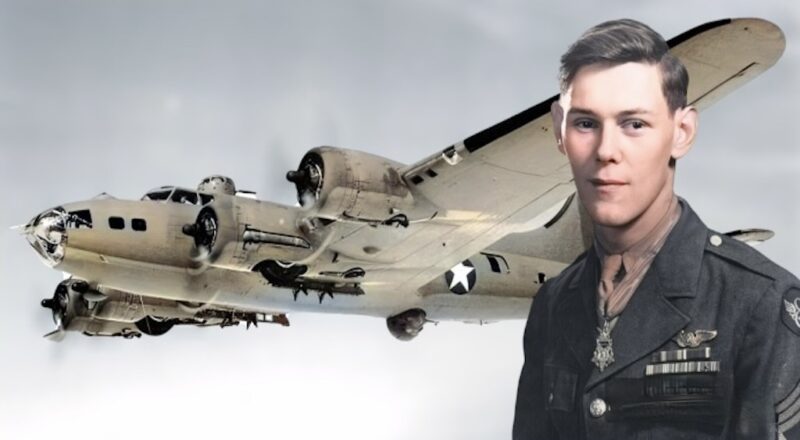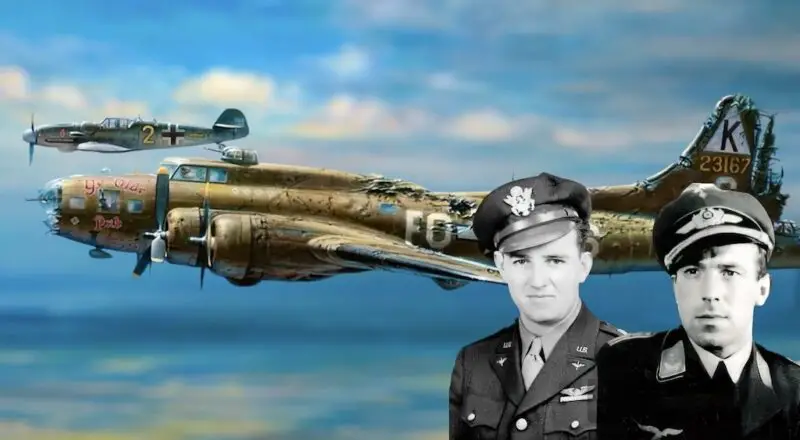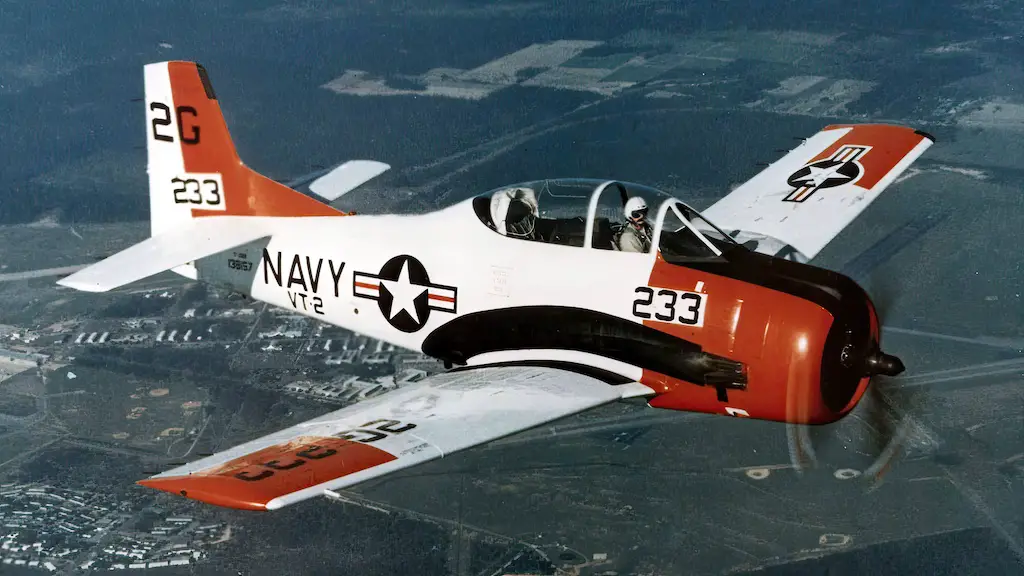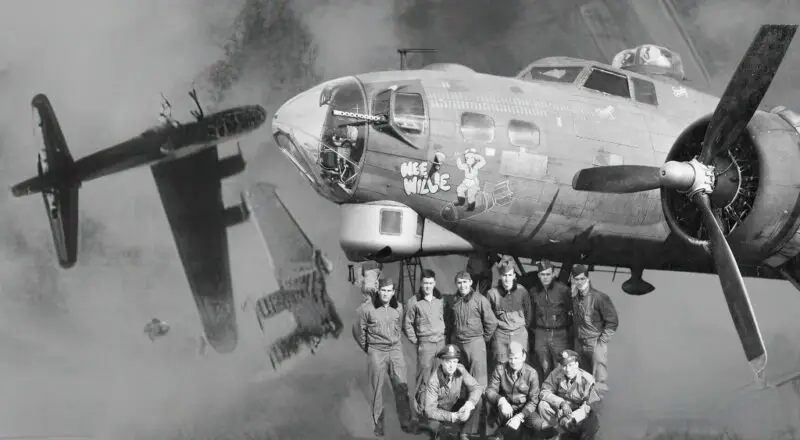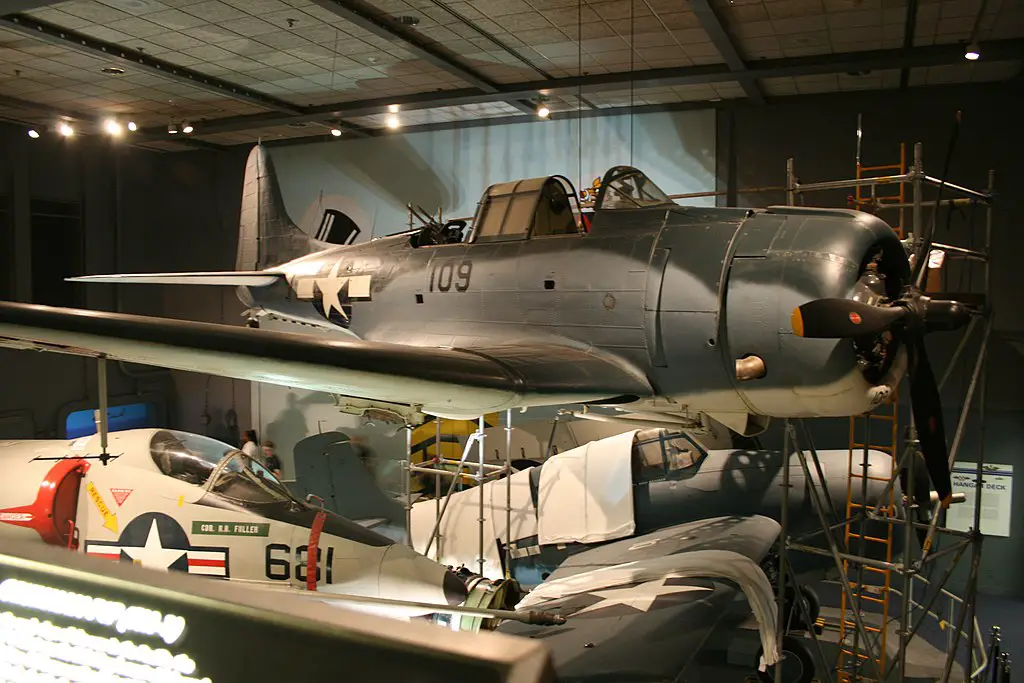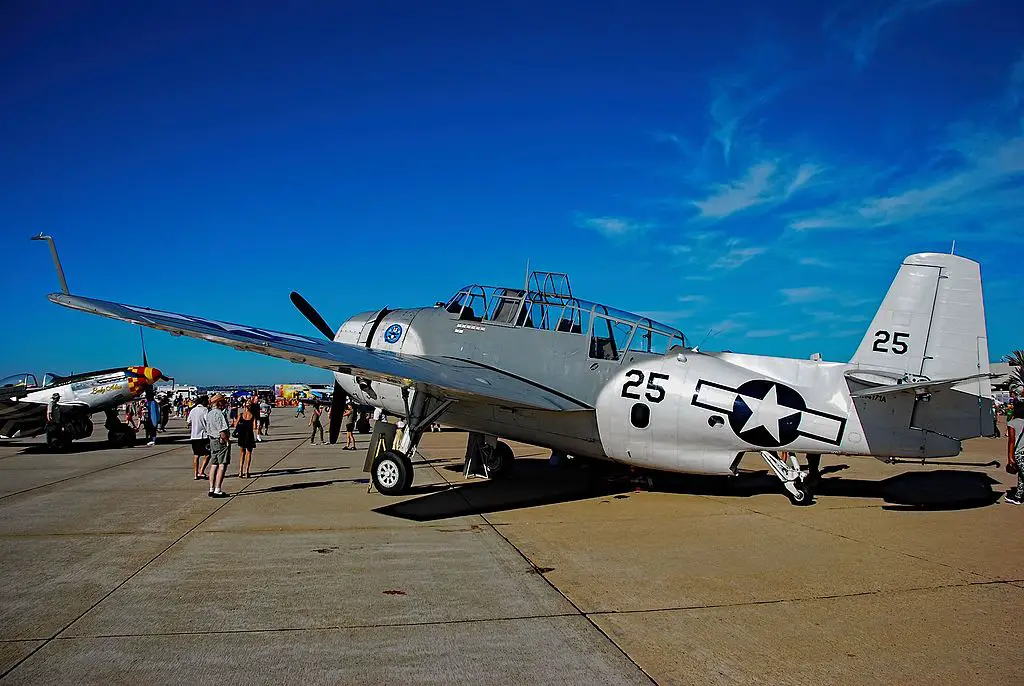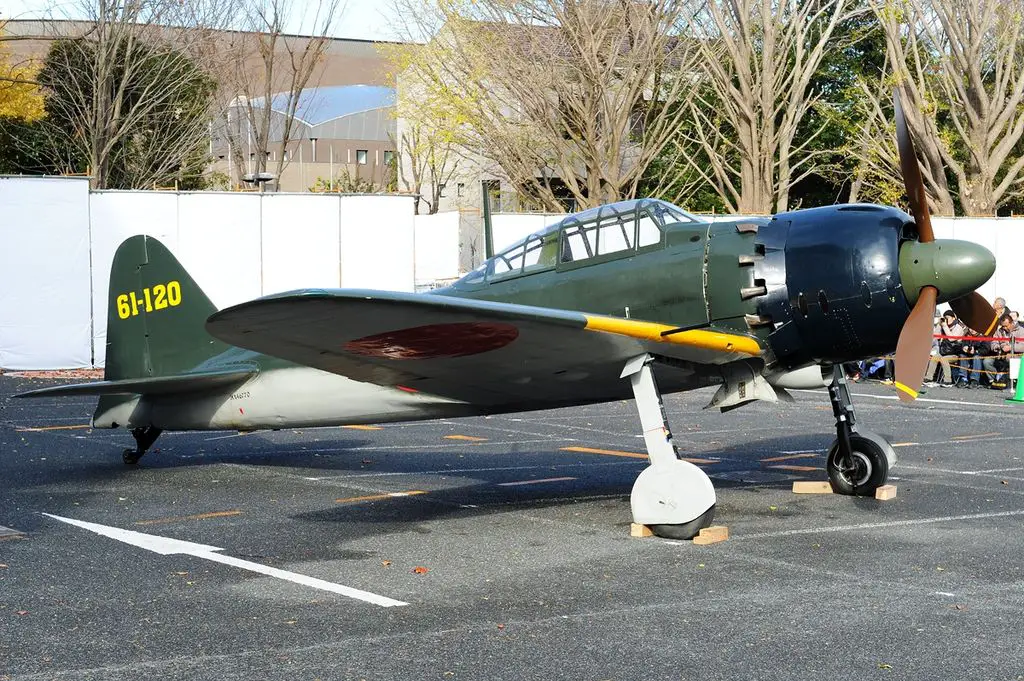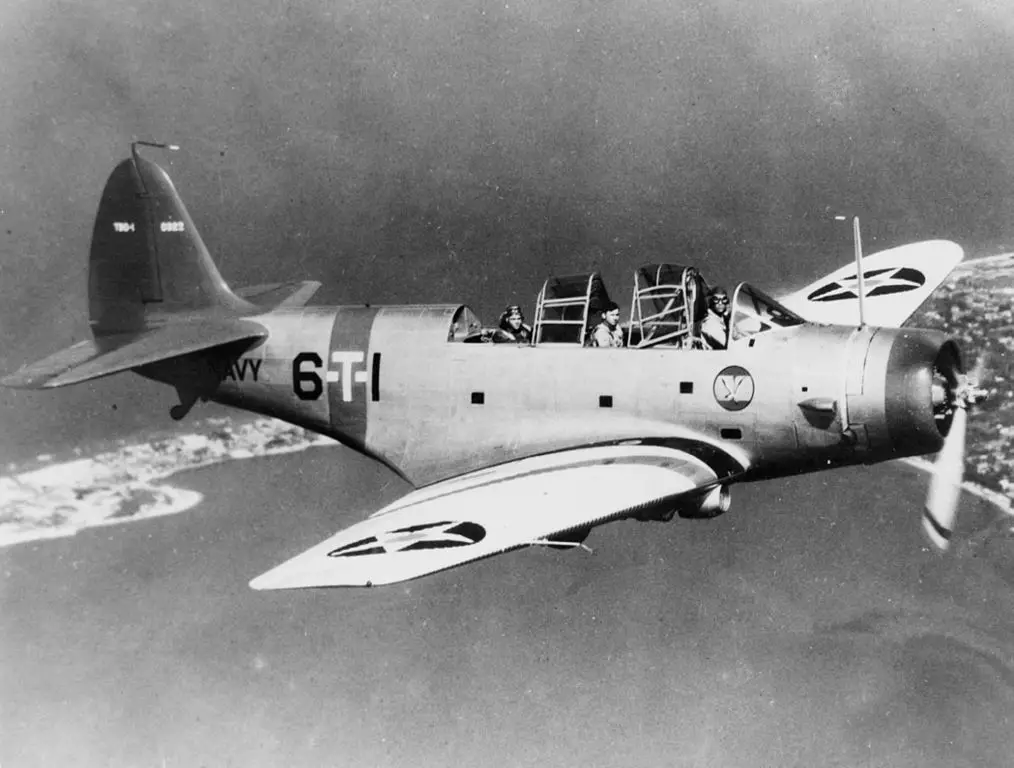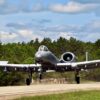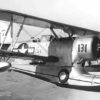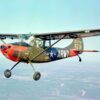At the time of its introduction in service in 1937, the Douglas TBD was a state-of-the-art aircraft in the world of naval aviation. Equipping four squadrons of the United States Navy, this aircraft, later officially designated TBD Devastator and also nicknamed “Torpecker,” remained its standard torpedo bomber for half a decade. In this capacity it went into action soon after the war broke out in the Pacific in 1941. Devastator crews faced that challenge with the necessary courage and used the TBD to the best of its combat capabilities. But it soon became evident that the aircraft was very badly suited for the battles it was engaged in.
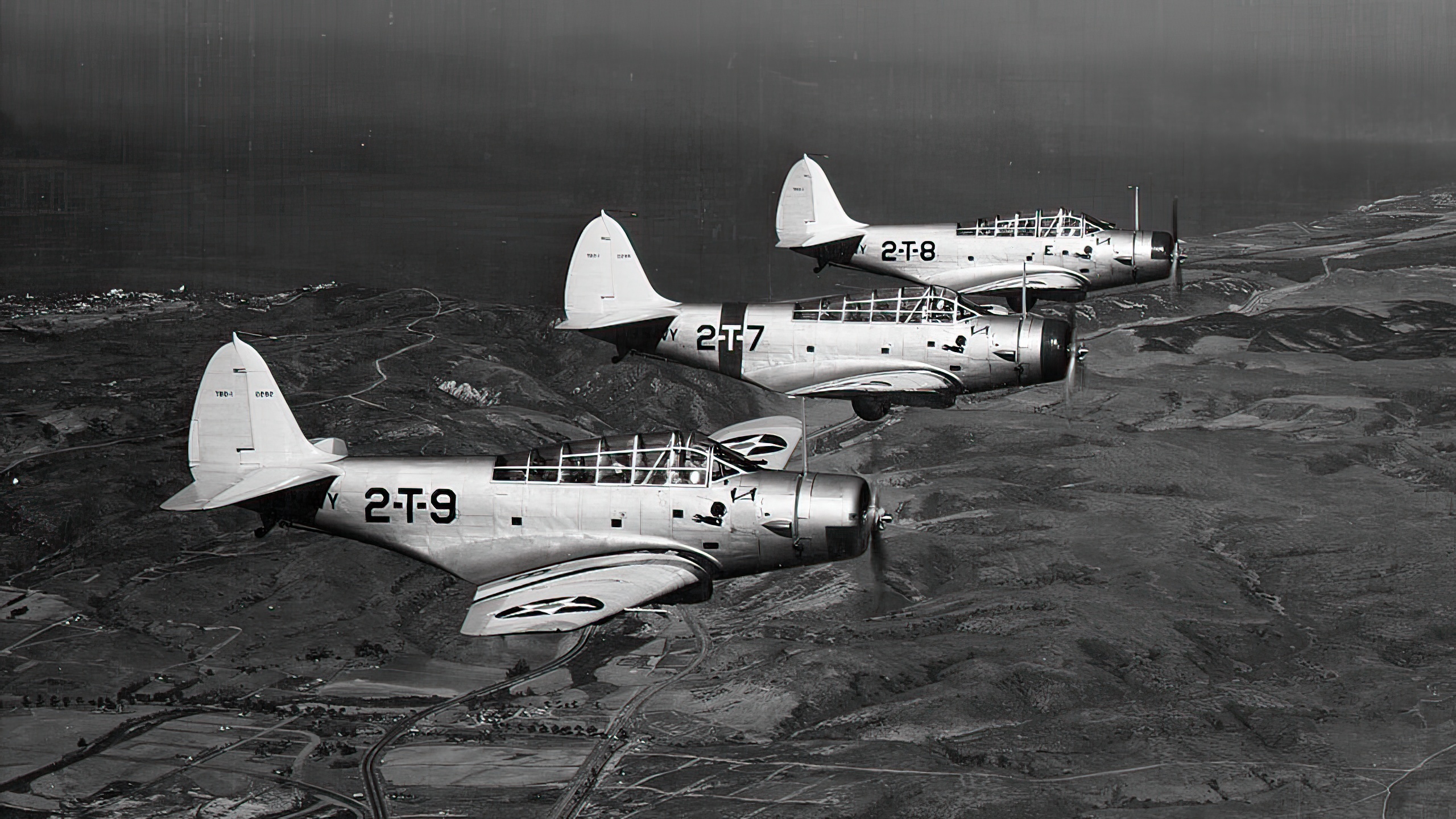
US Navy’s new devastating weapon
The TBD was in many ways a radically new design. In addition to being the first monoplane ordered by the Navy, it was the first all-metal naval aircraft. The Devastator was also the first one in Navy’s inventory to feature a fully enclosed cockpit and a hydraulically powered wing folding mechanism.
Powered by a 900-hp Pratt & Whitney R-1830-64 Twin Wasp—the most widely used aircraft engine of its time—the SBD could carry up to 1,500 lb of bombs. But its main weapon was, of course, the 1,935-lb Bliss-Leavitt Mark 13 aerial torpedo. It also had two 0.30in machine guns, one facing aft, and the other facing forward and mounted in the inner port wing.
The aircraft was manned by a crew of three, all sitting under a long “greenhouse” canopy: a pilot, a bombardier, and a radio operator/rear gunner. During an attack run, the bombardier would lie prone, peering through a small window in the bottom fuselage and operating the Norden bombsight to release the torpedo or bombs.
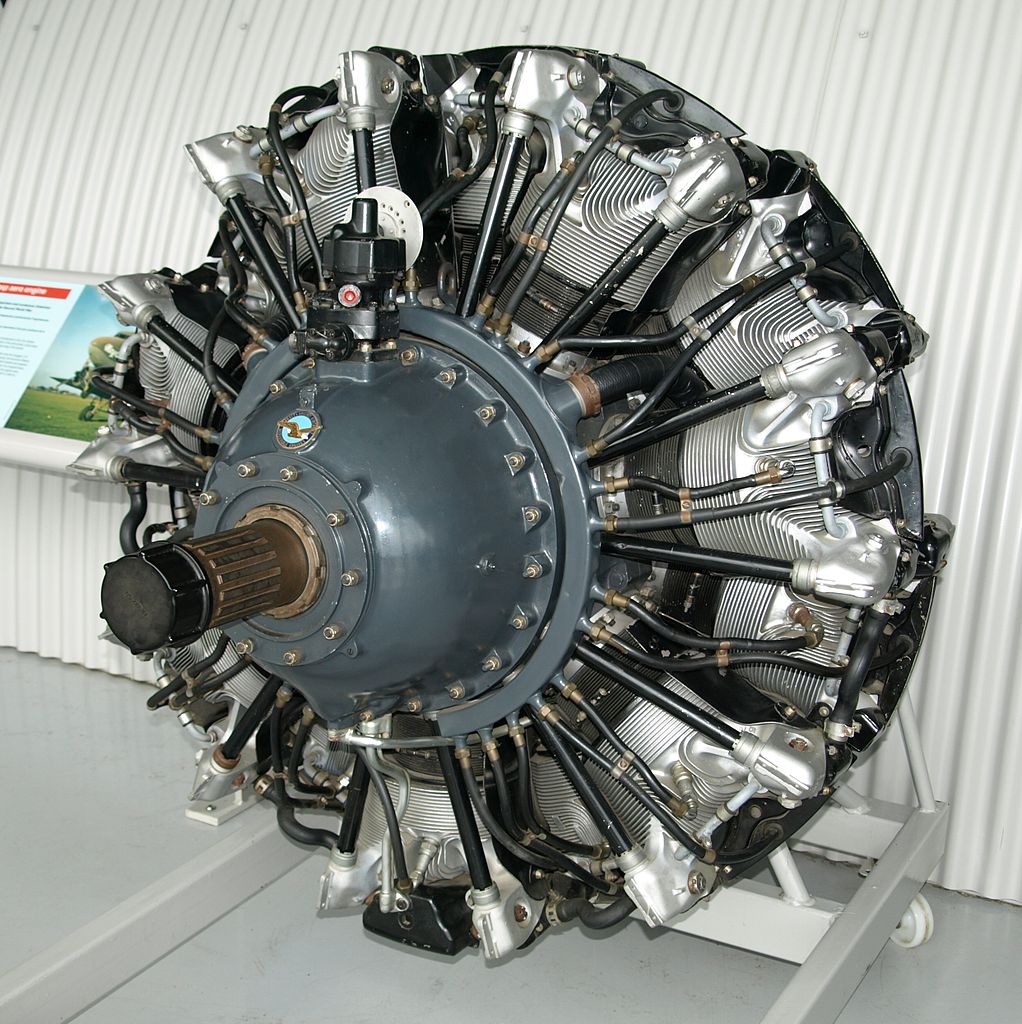
Devastator goes to war
The US Navy entered the World War II with about 100 of the 130 Devastators produced by Douglas still in active service. Although its obsolescence was by then slowly becoming evident, the type did, in fact, display good performance during the first six months of the Pacific War.
In February and March 1942, Devastators operating from carriers Yorktown and Enterprise carried out successful raids against Japanese targets first in the Marshall and Gilbert Islands, then on Wake Island and Marcus Island. On March 10, Devastators flying off the Yorktown, together with those stationed onboard the Lexington, also delivered strikes on enemy ships supporting the Japanese invasion of New Guinea.
TBDs starred in the Battle of the Coral Sea, which took place from May 4 to May 8. In particular, these aircraft were instrumental in sinking the Japanese carrier Shoho on May 7.
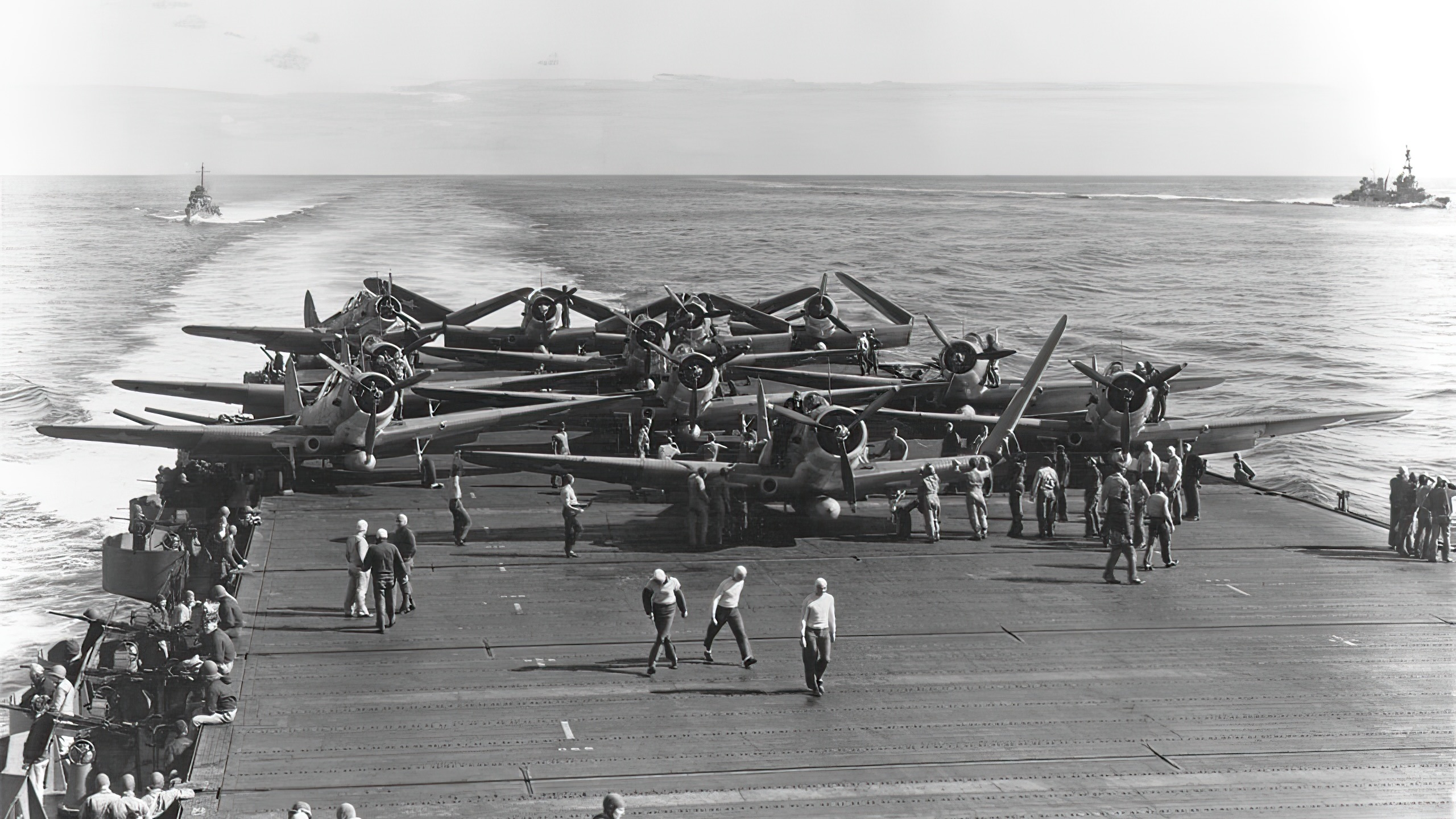
TBD’s devastated reputation at Midway
During the Battle of Midway TBDs were launched from three US carriers: Enterprise, Yorktown, and Hornet. All in all, 41 aircraft. The results of their attacks on the Japanese fleet were truly devastating. Not for the Japanese fleet, but for the attackers and the TBD’s reputation. Just six of those planes made it back to their carriers’ decks. To make things even worse, no Japanese ships were destroyed by their torpedoes. Having to perform attack runs at speeds below 200 mph due to limitations imposed by torpedo release technique, Devastators fell victim to the Japanese AAA guns and advanced Mitsubishi A6M Zero fighters. It was another Douglas model, the SBD Dauntless dive bomber, that secured the American victory on that day.
However, it seems that the great losses and the failure to sink a single enemy ship was not the fault of TBD crews, or even the aircraft itself. One of the factors contributing to the debacle was that TBDs were attacking the Japanese fleet without a fighter escort. Besides, the Mark 13 torpedo’s faults had been discovered even before Midway. There had been reports of these torpedoes hitting the target without exploding and of torpedoes running deeper than supposed to. Later these defects were corrected. But by then the Devastator’s place in the USN ranks had been taken by the Grumman TBM Avenger.
To be fair, a handful of Avengers also took part in the Battle of Midway, and their record there was just as bad: four out of five aircraft lost without any damage done to the enemy. Still, there was no way of denying the fact that the Avenger was a more modern aircraft.
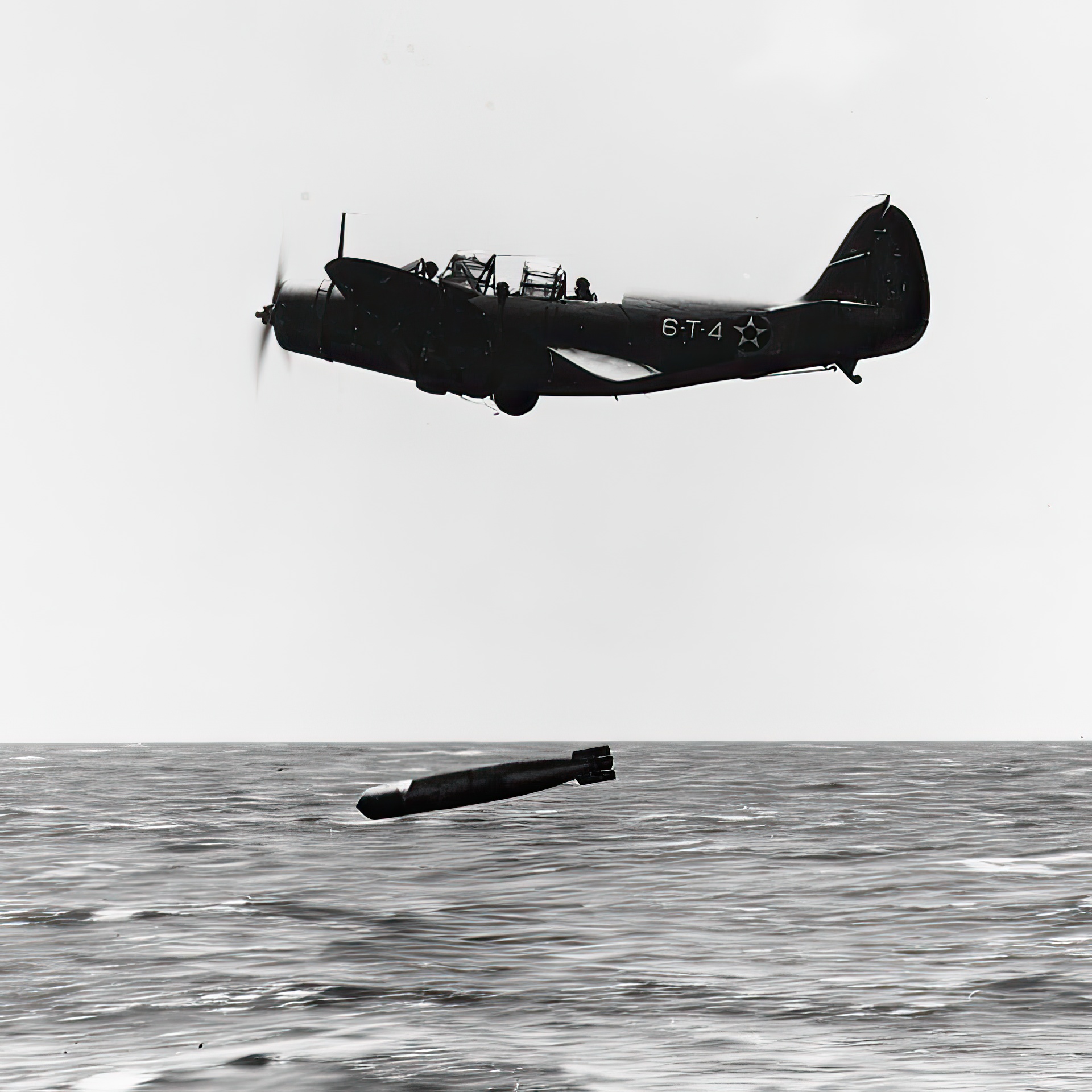
Devastator in oblivion
Following the staggering loss of 35 aircraft at Midway, the Navy immediately withdrew some three dozen TBDs remaining in frontline service by that time. The aircraft were relegated to communication and training duties, flying in those roles for another couple of years. Despite the aircraft’s share of successes, its unlucky day at Midway left it somewhat forgotten. Unfortunately, no one made efforts to preserve any of these planes. Consequently, not a single original TBD airframe can be found today in aircraft museums. There is, however, one replica, which joined the collection of USS Midway Museum in San Diego, California, in 2019.
